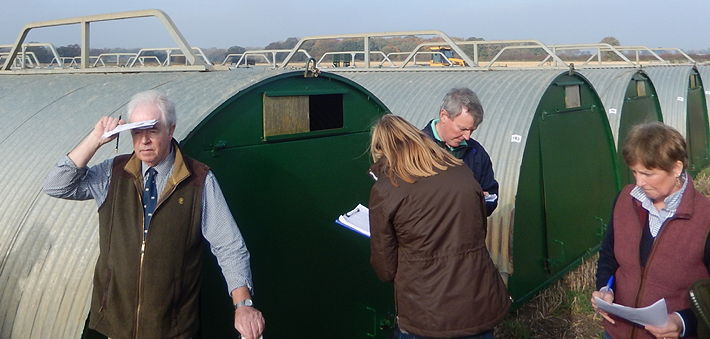Although the SPP is continuing to fall, dropping by 0.54p this week to stand at 139.97p, as reported a week ago there are a few signs that as spring approaches pig prices could stabilise or improve a touch. However, there is still a long way to go before the industry gets anywhere near cost of production levels.
The influential German producer price has remained unchanged at 119 EUR, which in real money is little more than 104p/kg, but it also helps to explain why there are reports of significant volumes of EU pig meat, much of which is produced at lower welfare standards than our own, heading in this direction.
Closer to home, the latest weekly contribution prices are likely to hold at similar levels, mainly between 130p – 133p, but if lockdown restrictions are gradually reduced this could help to stimulate pig meat demand from the catering sector, as well as signs indicating that a significant proportion of the population are likely to spend their holidays at home rather than abroad this summer.
Demand for spot bacon pigs however still remains at low levels with some reports of one off loads of spot bacon selling for as little as 115p/kg, although regular sellers should be able to achieve a premium of around 10p/kg more than this.
Cull sow prices are still having to run the gauntlet of meeting the host of rules and regulations which have to be followed for any sow meat exports from the UK, and the difficulties faced by exporters and hauliers to deliver fresh product due to the delay in processing all the paperwork to ensure that sow meat can reach the EU which is where the majority of the demand is centred, before it becomes out of date.
As a result, cull sow values are still at bargain basement levels within the 32p – 35p/kg range in most cases.
The Euro has, however, remained at similar levels of the week trading on Friday worth 87.48p with a relatively strong GBP keeping the Euro under pressure to the disadvantage of pig meat importers and exporters.
Weaner prices are also facing the lethal cocktail of very high feed prices and variable demand for finished pigs, with the AHDB 7kg ex farm weighted average dropping by over £2 to £33.58/head.
It will take a combination of better finished pig prices, falling feed ingredient costs and cheaper straw to encourage buyers to re-enter this market at much better levels than where they are at present.
Although feed ingredient values are high, at least for the time being they have stopped rising with feed wheat traded on the UK futures markets at £207/t for March delivery and £166/t for September.
Feed barley for March looks better value than wheat at £168/t, with UK spot ex farm feed wheat trading in the £195/t region.
Protein prices have eased slightly with Hi-pro soya traded at £408/t for March and £361/t for November – April 2022.
And finally, it was good to hear the challenges being faced by the UK pig industry featured on the Jeremy Vine BBC Radio 2 programme and the concerns of the NPA relating to the huge amount of stress that pig producers are under trying to find accommodation for ‘rolled’ pigs, as well as feeding them on expensive rations and facing all the other challenges that have come along to haunt us, including Covid and Brexit.
As set out in the broadcast, not only are pig producers having to cope with running uneconomic pig units, but they are also under a huge amount of pressure coping with all the challenges including the weather which have arisen and as far as British consumers are concerned, it is a case of use it or lose it, but half a loaf is better than no bread!




